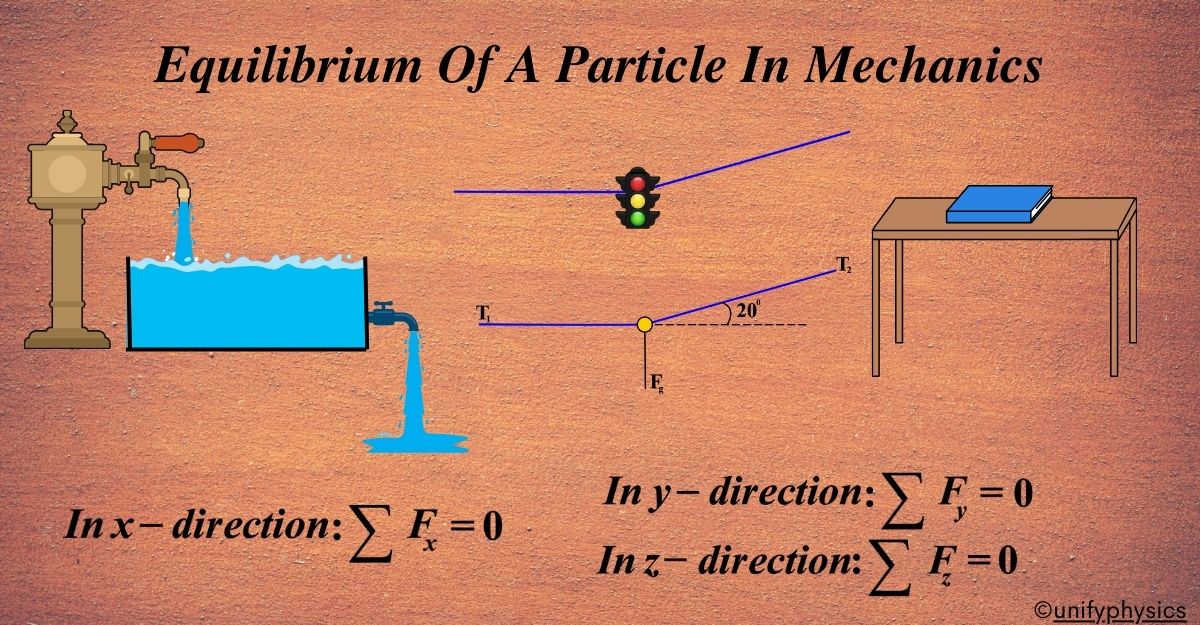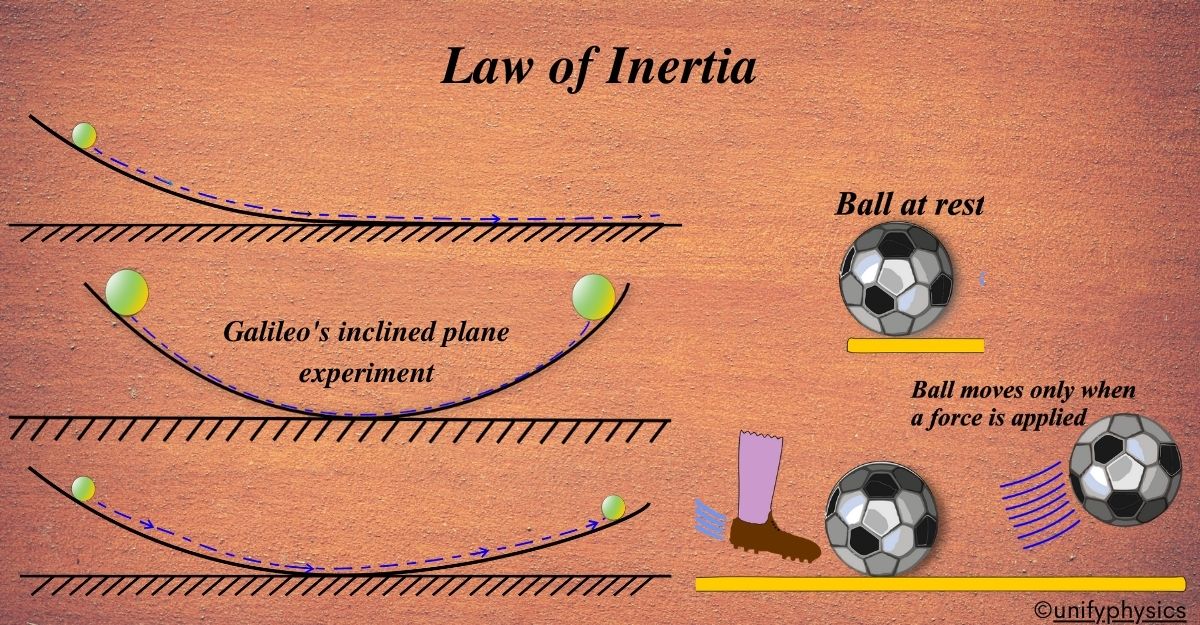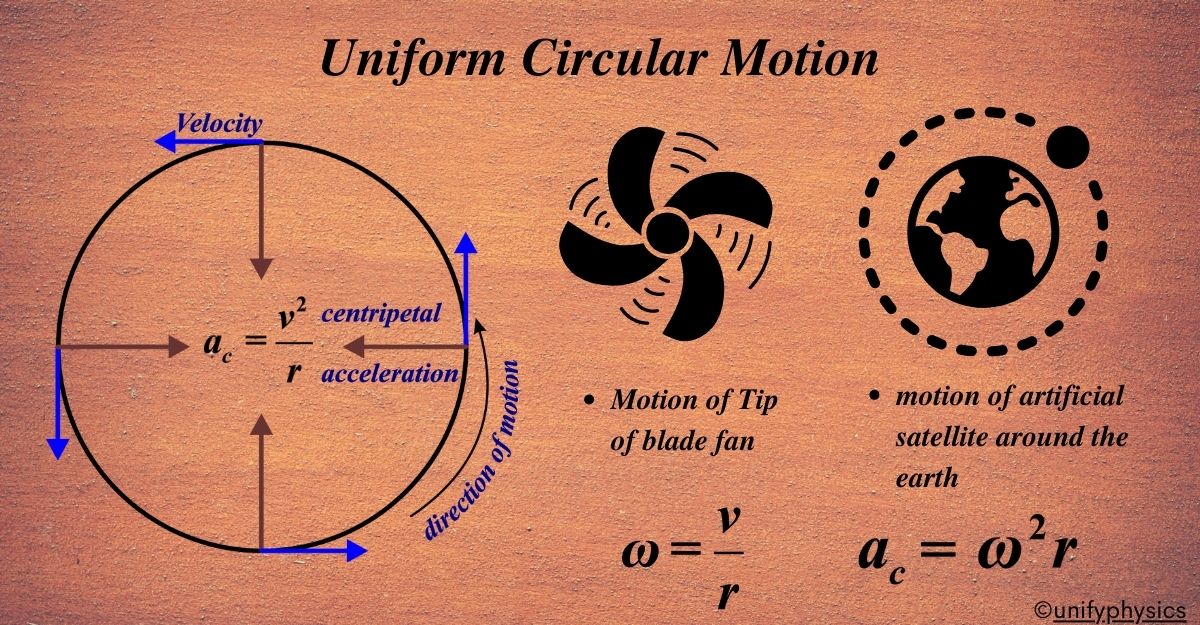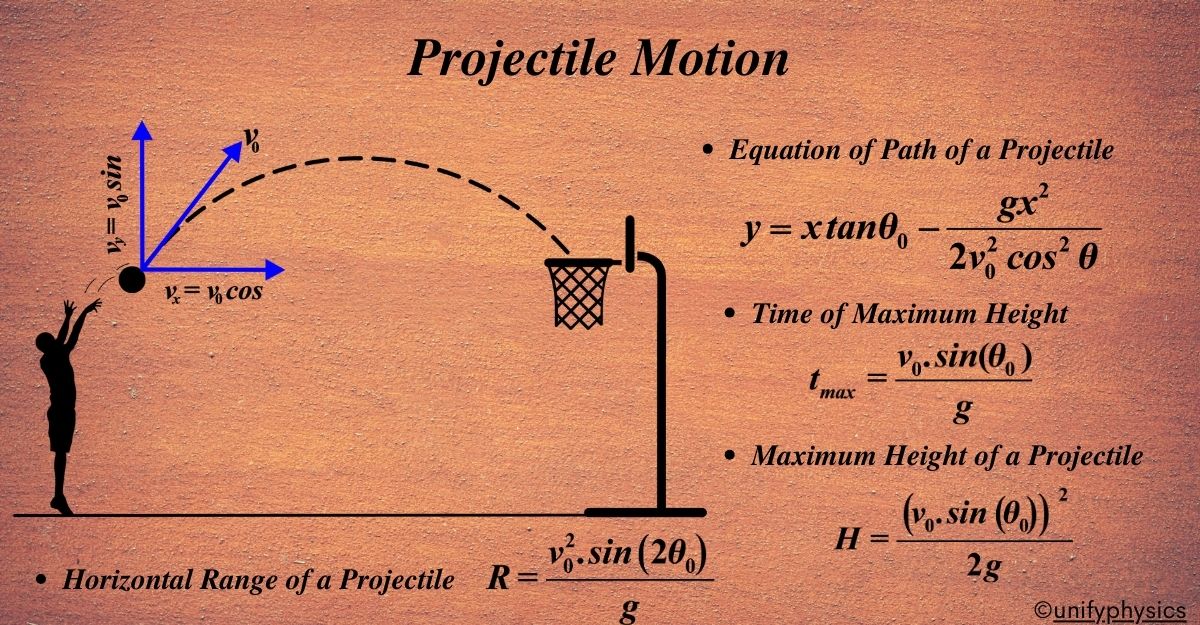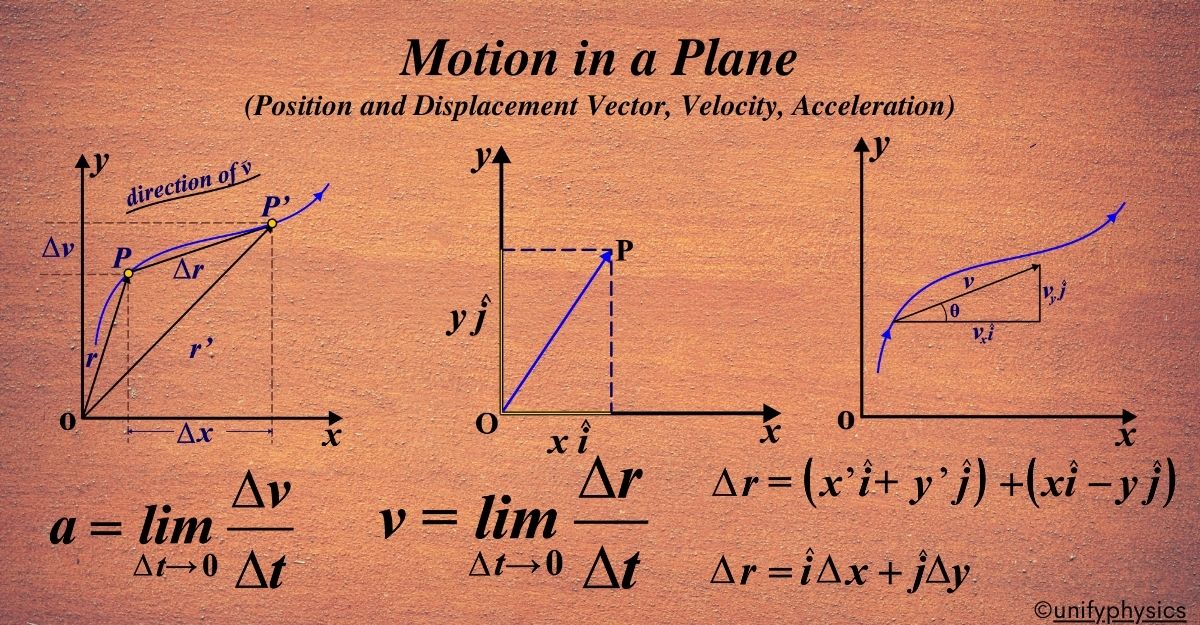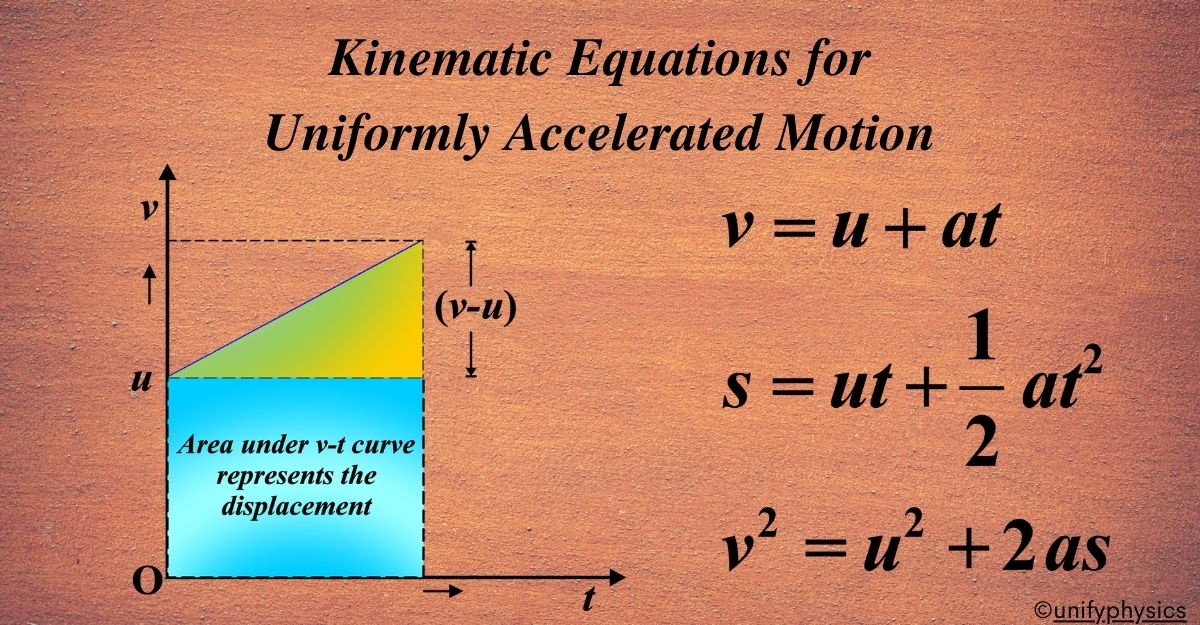Equilibrium Of A Particle In Mechanics
The concept of equilibrium in mechanics has been around since the time of Aristotle, but it was Isaac Newton who brought it into the realm of physics with his laws of motion. The idea is rooted in the search for conditions under which objects can exist in a state of balance or rest. The concept … Read more
